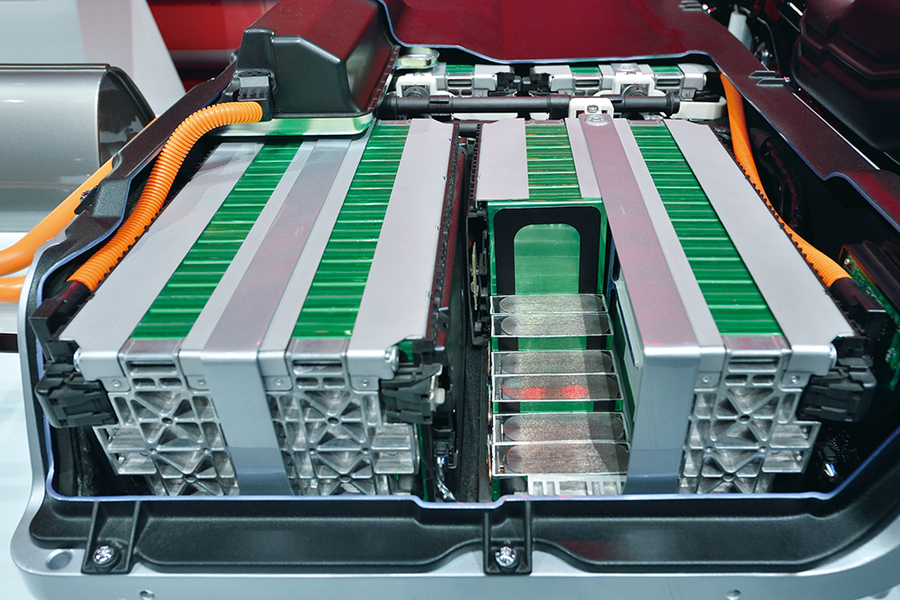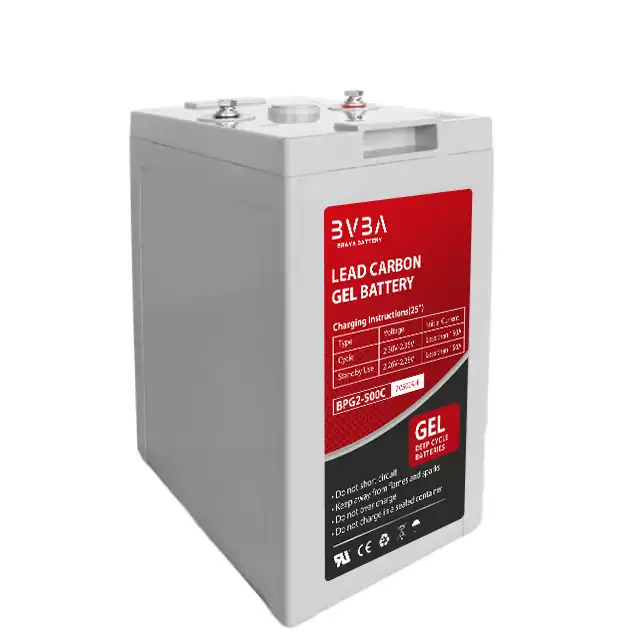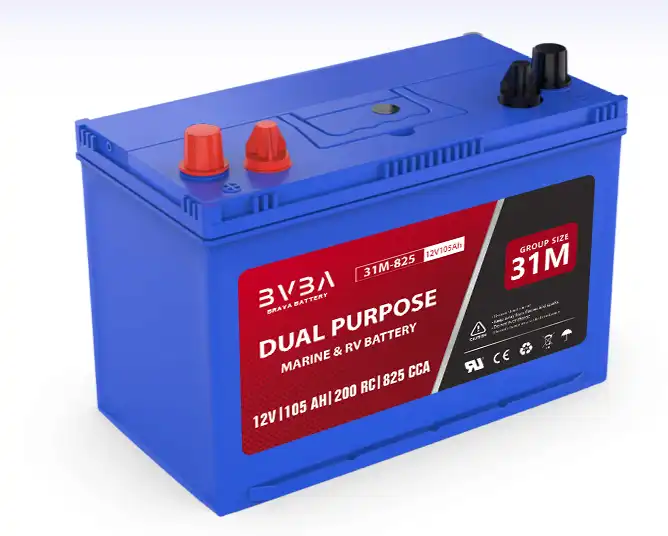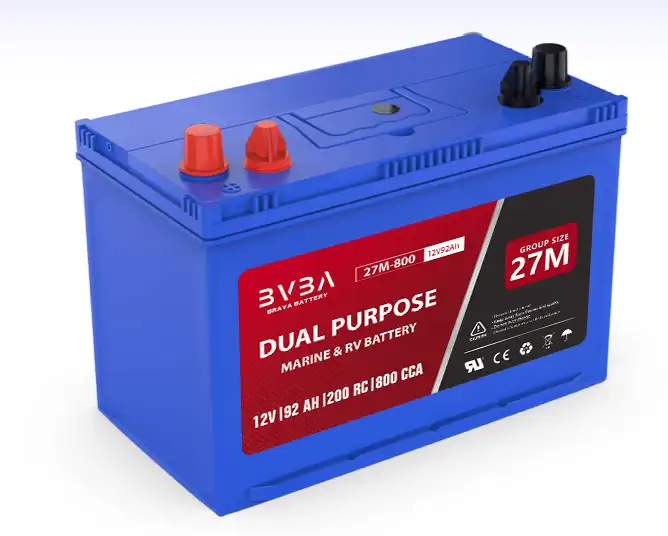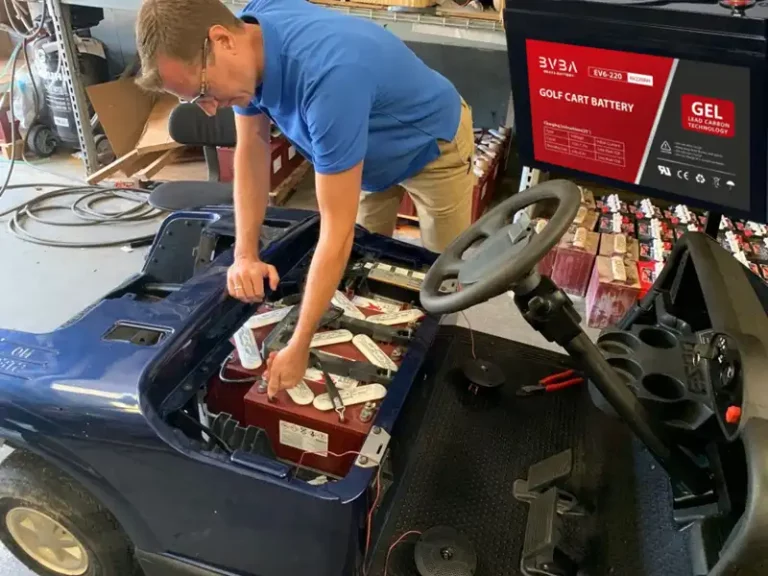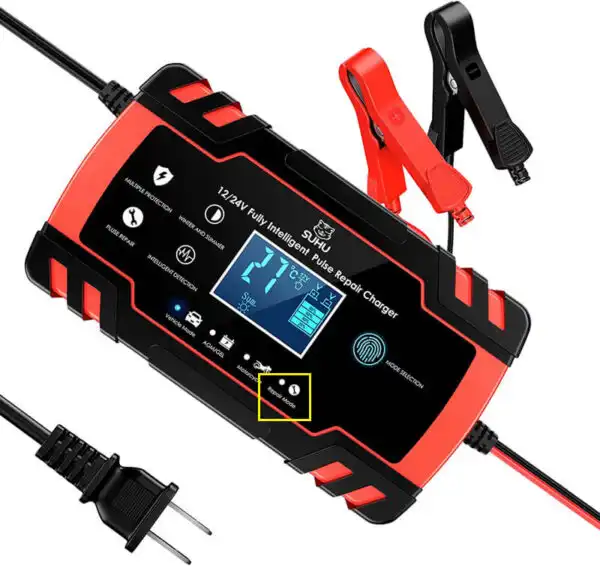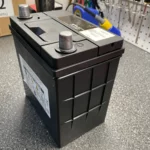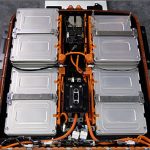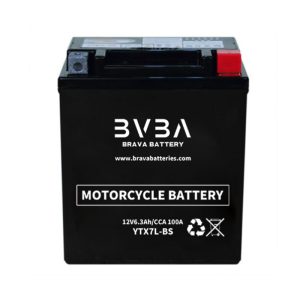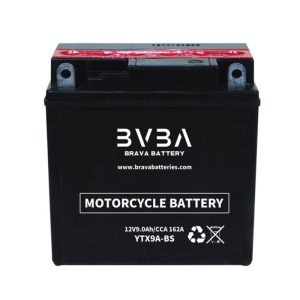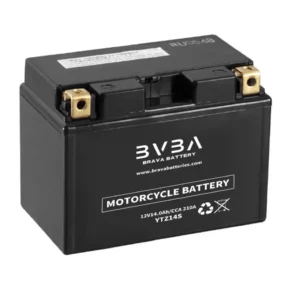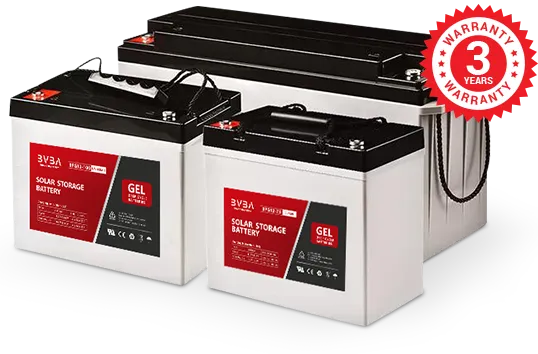IT’S THE VEHICLE’S MOST CRITICAL – AND EXPENSIVE – COMPONENT. FORTUNATELY, IT SHOULD BE ABLE TO GO THE DISTANCE.
In many ways an electric car(EV battery) is mechanically simpler than a conventionally powered vehicle. There are far less moving parts in an electric motor than a gasoline engine, an electric car uses only a single-speed transmission, and EVs avoid over two-dozen common automotive components that will eventually fail and need replacing.
Yet one area of concern that keeps coming up in consumer surveys regards an electric car’s battery life. In a recent study conducted by Cox Automotive, 46 percent of those considering an electric car fear the battery pack would only last for 65,000 miles or less. To be sure, replacing an electric vehicle’s battery is an expensive proposition. For example, a new battery pack for a Chevrolet Bolt EV is reportedly priced well in excess of $15,000, and that’s not including the cost of labor.
However, while an electric car’s battery pack will eventually lose its ability to hold a full charge, rest assured that it’s not likely to fail altogether, but rather lose its capacity gradually over time. At that, we’ve yet to see reports of older battery-driven vehicles headed to the junkyard because their power cells were depleted. Nissan reports having to swap out only a relative handful of batteries in its Leaf EV, despite selling many thousands of units over the last eight years in production.
BATTERY BASICS
The lithium-ion battery packs used in electric cars are similar to those used in cell phones and laptop computers, only they’re much larger. They’re far different than the heavy lead-acid batteries used in conventional cars and have a higher energy density than rechargeable nickel-metal hydride batteries. They’re also less prone than other battery types to lose their charge when not being used. EV battery packs generally contain a series of connected individual cells, perhaps several hundred of them depending on the model, instead of a single massive unit.
An electric car’s battery capacity is expressed in terms of kilowatt-hours, which is abbreviated as kWh. More is better here. Choosing an EV with a higher kWh rating is like buying a car that comes with a larger gas tank in that you’ll be able to drive for more miles before needing a “fill up.” At that, be aware that an electric car’s management system prevents the battery from either becoming 100 percent fully charged or 100 percent discharged to preserve its efficiency and extend its usable life.
The Environmental Protection Agency rates electric cars according to their energy efficiency and estimates each model’s average operating range on a full charge. However, as they say, your mileage may vary. If you own an electric car and find that you’re not getting anywhere near the estimated range, that doesn’t necessarily mean the car’s battery pack is becoming seriously depleted.
For starters, driving at higher sustained speeds will tend to use more battery power than will stop-and-go around town use. That’s counter-intuitive for many people as it’s the opposite of how a gas-engine car works, which uses less fuel while cruising at highway speeds than in traffic. Also, it takes more power to propel a car that’s a full load of passengers and cargo than one that’s occupied by only the driver.
Importantly, extreme temperatures, especially bitter cold, can hamper both a battery’s performance and its ability to accept a charge. Using the heater or air conditioning also draws battery power at a greater than average clip. A study conducted by the AAA found that when the ambient temperature dips to or below 20°F and the vehicle’s heater is in use, the average electric car’s operating range drops by 41 percent. When the mercury hits 95°F and air conditioning is in use, an owner can expect the range to fall by an average of 17 percent.
BATTERY LONGEVITY
Though some electric car buyers take out extended warranties to salve any fears of excess battery depletion, it’s not particularly necessary. At that, the batteries in all electric cars sold in the U.S. are covered under warranty for at least 8 years or 100,000 miles. Kia covers the battery packs in its electric cars for 10 years/100,000 miles, while Hyundai goes a step further by bumping it up to lifetime coverage.
Be aware, however, that some automakers only cover the battery pack against a complete loss of its ability to hold a charge, which would be extremely rare. Others, including BMW, Chevrolet, Nissan, Tesla (Model 3) and Volkswagen will replace the pack if it falls to a specified capacity percentage while under warranty, which is usually 60-70 percent.
But how long would it be before an electric car loses its ability to hold a full charge? As mentioned above, while an electric vehicle’s battery pack will tend to degrade slightly with each charge and discharge cycle, it’s an extremely gradual process. For example, according to data compiled by the organization Plug In America, the battery pack in a Tesla Model S will only lose around five percent of its original capacity over the first 50,000 miles, with the rate of depletion actually slowing down from there. In a recent Tesla discussion thread on Reddit, most of those owning a Model S reported losing only a few percentage points of the car’s initial battery capacity after several years of use.
On the downside, electric cars kept in the hottest climates can be expected to lose battery capacity a bit quicker than those living in more temperate areas. Extreme heat is the enemy of lithium-ion chemistry, which is why many electric cars come with liquid-cooled battery packs. Also, older electric cars having relatively short operating ranges may suffer quicker deterioration. That’s because draining most or all of a battery’s charge on a regular basis tends to cut into its capacity more quickly over time. That’s far less of an issue with today’s longer-range models that are typically driven for a fraction of their available capacity on a daily basis and are merely “topped off” at night.
Excessive use of public Level 3 DC Fast Charging stations (they can bring an EV up to 80 percent of its capacity in as little as 30 minutes) can also take a toll on a battery’s long-term performance. That’s because the faster an electric car is charged, the hotter it becomes and, again, that’s not battery friendly. However, a study conducted by the Idaho National Laboratory concluded that the effect isn’t particularly pronounced. The INL tested two pairs of identical 2012 Nissan Leaf models, with one set using 240-volt Level 2 home charging and the other exclusively relying on DC Fast Charging public units. After each was driven 50,000 miles, the difference between the Level 2 and Level 3 vehicles’ diminished battery capacities amounted to just four percent.
The bottom line here is that if it’s properly cared for, an electric car’s battery pack should last for well in excess of 100,000 miles before its range becomes restricted. Consumer Reports estimates the average EV battery pack’s lifespan to be at around 200,000 miles, which is nearly 17 years of use if driven 12,000 miles per year.
Looking forward, Tesla says it’s working on technology that would enable its electric car batteries to last for as many as one million miles, which is likely more than the rest of the car might hold up. Now that’s a lifetime-of-the-vehicle component.
Tag in this article: #EV Battery
Tips: more detail information, for EV battery。

